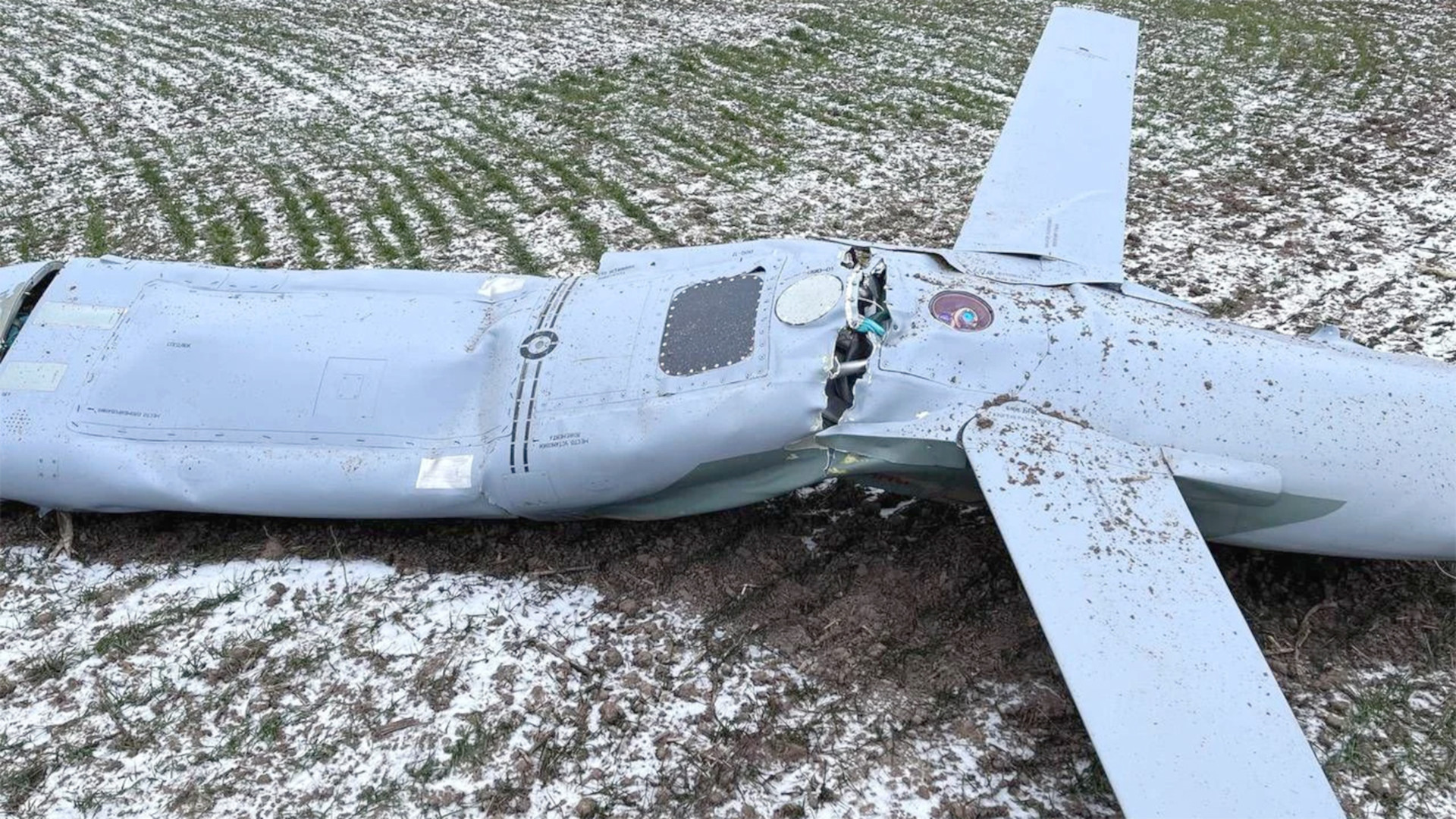Pictures of what looks to be the relatively intact remains of a downed Russian Kh-101 air-launched cruise missile offer an unusually clear view of some of its features. This includes a look at what appears to be the camera for its Otblesk-U electro-optical guidance system and what may be some kind of countermeasures system.
The Kh-101 in question was reportedly shot down by Ukraine’s forces in the country’s central Vinnytsia region on January 26, according to a Facebook post from the Ukrainian Air Force. Ukraine’s Air Force, which oversees the bulk of the country’s air defense forces, said that 47 cruise missiles were destroyed that day. The weapons were said to have been a mixture of air-launched Kh-101s, Kh-555s, and Kh-59s, and sea-launched Kalibrs. The War Zone has not been able to readily verify these details.
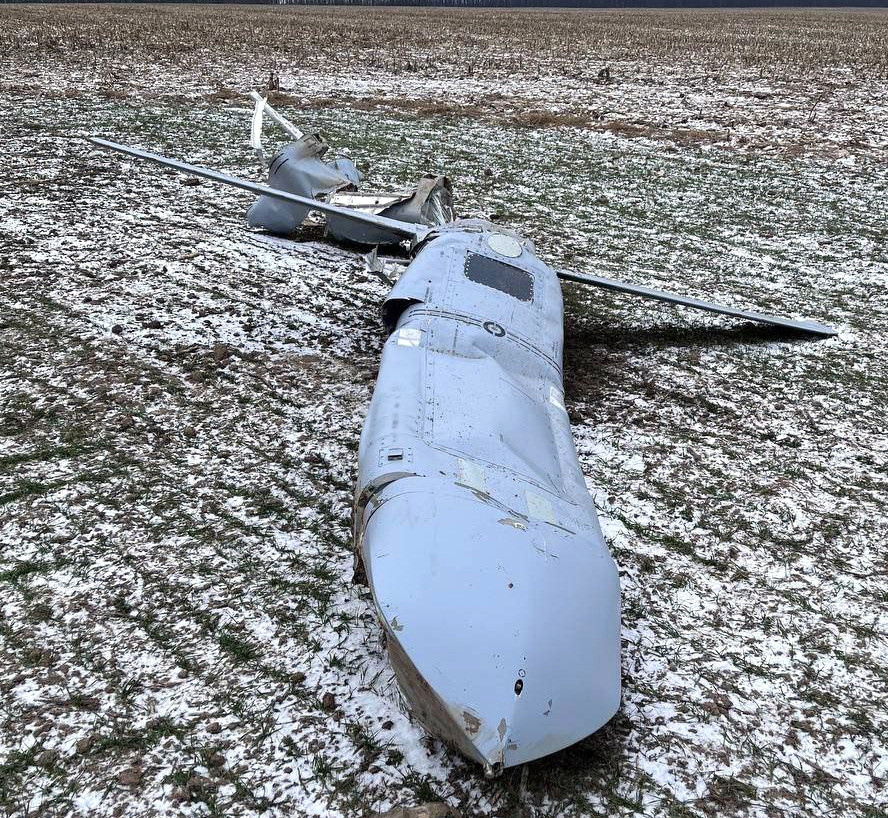
Though its development was initiated in the 1980s under the Soviet Union, the Kh-101 remains one of Russia’s most modern air-launched cruise missiles. Derived from the Kh-55-series, the conventionally-armed Kh-101 (as well as its nuclear-armed cousin, the Kh-102) has a substantially revised exterior design that is designed to be at least somewhat stealthy.
The first known combat employment of Kh-101s, which can be launched from Tu-160 Blackjack or Tu-95MS Bear bombers, was in Syria in 2015. The missiles, which are powered by small turbofan engines and have a reported maximum range of roughly 2,000 miles — give or take a few hundred miles depending on the source — have been extensively used in the conflict in Ukraine since it began nearly a year ago.

The stealthy shape of the Kh-101’s central body is plainly visible in the wreckage of the example that reportedly went down in the Vinnytsia region. The missile’s pop-out wings are seen still attached to its central body, but its engine, which pops down at the rear end after launch, looks to be missing.


The missile is seen lying inverted and between the wings is what appears to be a circular window with a camera behind it. We can’t say with absolute certainty what this is, but this looks to be part of the Otblesk-U guidance system.

The Kh-101 can be guided to its target via satellite or inertial navigation, or both working together to improve accuracy. It also has a radar-based terrain contour matching (TERCOM) capability to allow it to fly to the target at a relatively low altitude, making it harder for enemy forces to detect and intercept. What look to be radar antennas that could be tied to the missile’s TERCOM system appear to be located right in front of the camera window.
On top of all this is the Otblesk-U. This is a digital scene-matching area correlation (DSMAC) system, which uses an internal database of relevant terrain imagery to check against to help guide the weapon to its targets. A DSMAC capability is also a feature on certain versions of the U.S. Tomahawk.
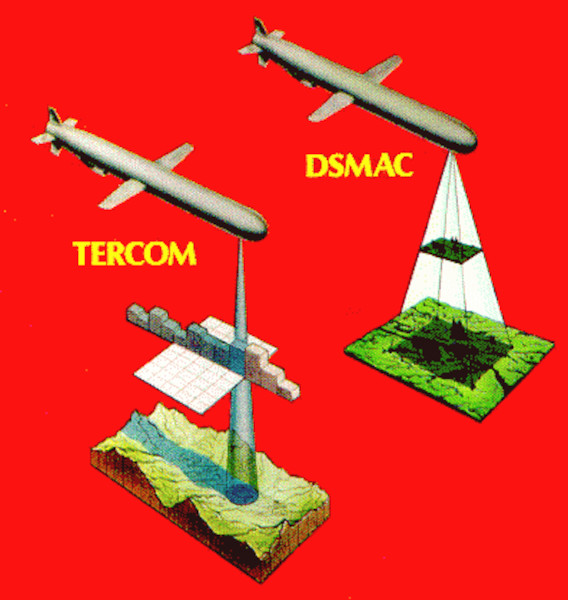
Otblesk-U scans the terrain below, passively making it the “most accurate and resistant to jamming” of the Kh-101’s guidance systems, Piotr Butowski, a Russian military aviation expert and War Zone contributor, wrote in his 2017 book Russia’s Air-launched Weapons: Russian-made Aircraft Ordnance Today.
However, “its serious limitation is the requirement for certain recognition of the target and pre-existence of target pictures,” he added. “Gathering and processing the data for the missile’s use requires the proper infrastructure and qualified personnel.”
“Therefore, the Otblesk is used only by the non-nuclear Kh-101 missile, and only during the terminal guidance phase, close to the target,” Butowski continued. “During the cruise, the less accurate, but less demanding TERCOM radar system is used.”
Butowski also says that Otblesk-U is notably not found on the nuclear-armed Kh-102.
Another view of the downed Kh-101 shows a section with a dozen circular holes or apertures in two symmetrical rows of six each. The purpose of this feature is not immediately clear and mud is in all 12 of the ports.

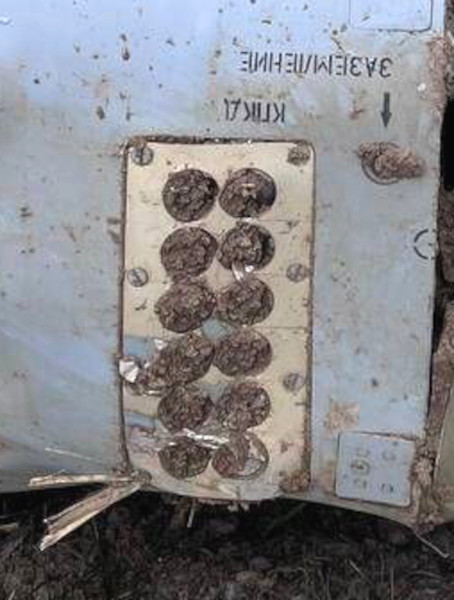
One possible explanation could be that this is a dispenser for countermeasures, such as cartridges loaded with radar-confusing chaff. A rudimentary radar warning receiver could be used to automatically trigger their employment after detecting pre-programmed radio-frequency emissions under certain circumstances. They could be preset to fire at certain points of vulnerability along the missile’s flight route, too.
There have certainly been reports in the past that Kh-101s have a small internal electronic warfare jammer or even towed decoys for self-defense, though corroborating details are, at best, limited.
What is seen on the remains of the Kh-101 in Ukraine does have some very broad visual similarities to various countermeasures dispensers used on Soviet-era fixed-wing aircraft and helicopter designs. This includes types and derivatives that remain in Russian service today.
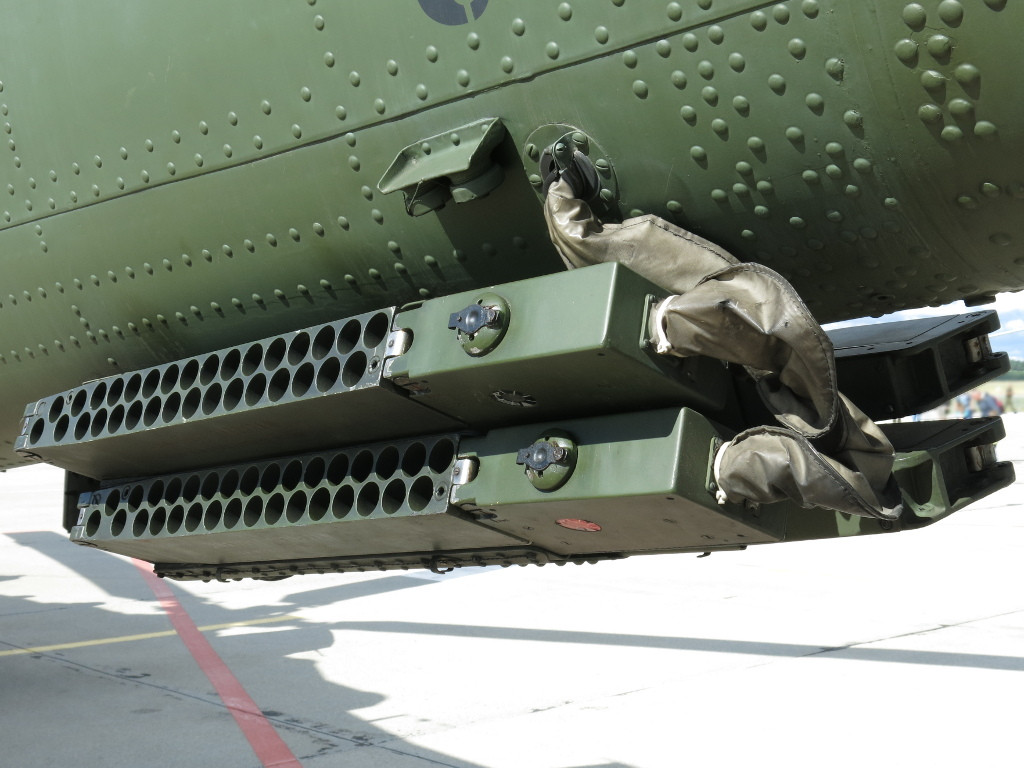
The array of holes or apertures is similar, in very general respects, to countermeasures dispensers that are sometimes seen on aerial target drones, including the American BQM-167 Skeeter. Those capabilities give target drones an inherent secondary role in actual combat operations, where they can use their countermeasures to help insulate paths through hostile air defenses for friendly aircraft and missiles. During the initial phases of the U.S.-led invasion of Iraq in 2003, Firebee target drones loaded with chaff were employed in exactly this way.


This, in turn, raises questions about whether individual Kh-101s can and have been configured to act more generally as countermeasures platforms or decoys. Since at least last November, Russian forces might have employed ‘de-nuclearized’ Kh-55 air-launched cruise missiles without any warheads as part of strikes in Ukraine, possibly as decoys and potentially as a result of dwindling stocks of precision stand-off munitions of all types. These missiles, one of which was reportedly among those shot down on January 26, have a weighted dummy ‘plug’ in place of their warhead, an example of which is seen in the Tweet below.
It does seem less likely that Russia’s military would expend more modern and capable, and increasingly precious, Kh-101s purely as decoys. The holes or apertures could serve some other purpose than self-protection, as well. This could be some sort of utility interface or vent system. At this time, we just can’t say for sure.
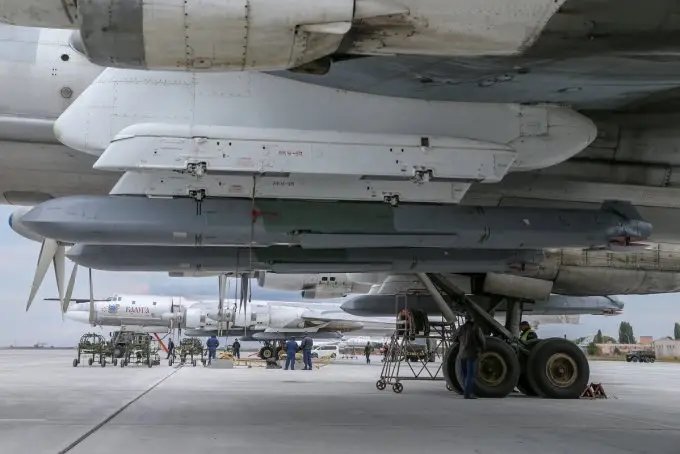
Whatever the case, this would not be the first time that the conflict in Ukraine has exposed a previously unseen countermeasures capability on a Russian missile. Russia’s heavy use of Iskander-M short-range ballistic missiles in the conflict early on revealed that those weapons are loaded with specialized expendable countermeasures, as you can learn more about here.
Ukrainian battlefields have already proven more broadly to be a goldmine of at least partially intact examples of all manner of higher-end Russian weapon systems and other military equipment. Intelligence exploitation of those hauls by Ukrainian authorities has already shown that much of Russia’s arsenal, including the Kh-101, relies heavily on western electronic components. It’s all but certain that officials in Ukraine have forwarded details they’ve gleaned, and entire captured systems, along to their international partners, including the United States, for further analysis.
The pictures of this Kh-101 that reportedly came down in Vinnytsia by themselves certainly offer interesting new views of one of Russia’s most modern air-launched cruise missiles.
Contact the author: joe@thedrive.com
